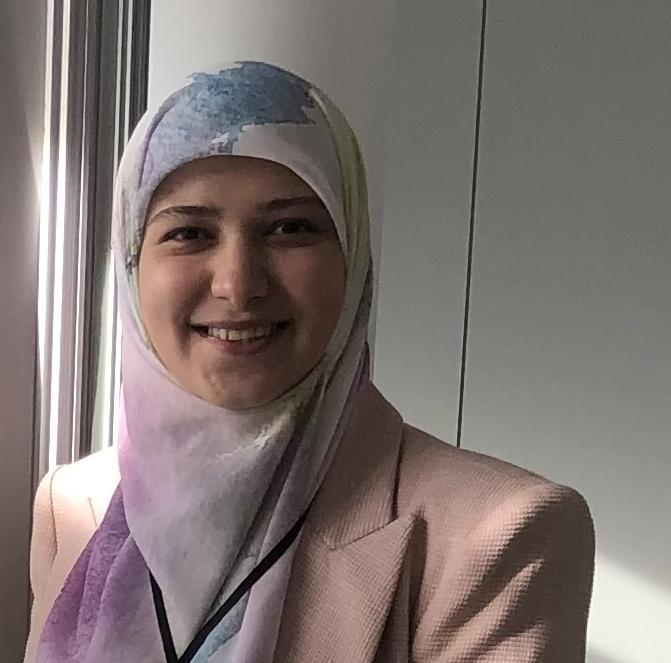PhD student

1 Grenoble-INP Institute of Engineering Univ. Grenoble Alpes, LMGP, F-38000 Grenoble, France - Grenoble,
2 CY Cergy Paris University, Errmece, I-Mat (FD4122), F-95000 Neuville Sur Oise, France – Cergy
Protein self assembly and influence of the surfaces: Barnacle Amyloid Insights
Abstract
Protein self-assembly plays a key role in various biological processes including adhesion. Thus, the adhesion of some marine organisms appears to be linked to the self-assembly of proteins into fibers on surfaces. This is the case for barnacles, marine organisms capable of adhering to various surfaces like rocks, wood, metals and plastics by producing a proteinaceous cement made of amyloid fibers, which might contribute to the adhesion by enhancing surface interactions. Understanding how surface properties influence these interactions is essential for uncovering the mechanisms behind the adhesion.
Mrcp19K, a cement protein from Megabalanus rosa barnacle, located at the interface between the barnacle cement and the substrate. It is believed to contribute to the adhesion by enhancing the interactions at the interface. Our research investigates M19-2, a recombinant protein inspired by Mrcp19K which serves as a relevant model for understanding how surface properties influence protein interaction and amyloid fibers production.
Using fluorescence spectroscopy, atomic force microscopy (AFM) and Enzyme-linked immunosorbent assay (ELISA), we examine the kinetics and morphology of M19-2 amyloid fiber in addition to quantifying the adsorption of M19-2 on different surfaces. Given the strong interaction tendencies of proteins with polymers, we focus on polymers such as polystyrene (PS), polyvinyl chloride (PVC), polypropylene (PP), and cyclic olefin copolymer (COC). These polymers differ in surface chemistry and hydrophobicity, allowing us to understand how these parameters affect amyloid fiber formation and protein adsorption.
Our findings show that, in addition to the surface chemistry and hydrophobicity, the atomic composition and structure of the polymer itself influence fiber formation. This affects the efficiency of the process and modifies the morphology of the resultant amyloid fibers, and influences protein adsorption onto the surfaces.
Short Bio/CV
Motivated PhD student specializing in structural biochemistry. Earned a Master’s degree through a program between Lebanese University and ICP Paris-Saclay, concentrating on structural biochemistry, protein characterization, and macromolecular interactions. Currently a PhD student working at the LMGP (Laboratory of Materials and Physical Engineering) and ERRMECe (Extracellular Matrix-Cell Relationships Research Team) at CY Cergy Paris University. My research focuses on barnacle-inspired bioadhesives, exploring the influence of surface properties on protein self-assembly and adsorption. Experienced in protein production and characterization, fluorescence spectroscopy, atomic force microscopy, surface characterization, and immunoassay-based techniques. Passionate about teaching, with experience supporting student learning and engagement.



